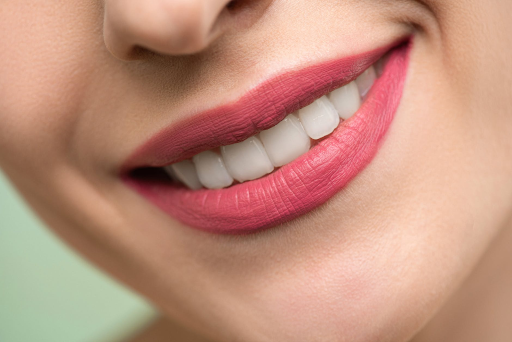

 Septoplasty procedures are often combined with turbinate reduction to relieve nasal obstruction. Nasal obstruction can result from a deviated septum and/or enlarged turbinates. These can be congenital conditions or brought on by injury or infection.
Septoplasty procedures are often combined with turbinate reduction to relieve nasal obstruction. Nasal obstruction can result from a deviated septum and/or enlarged turbinates. These can be congenital conditions or brought on by injury or infection.
What Are Septum’s and Turbinates?
Your septum is the bony structure that separates your left and right nostrils. Sometimes they are deviated at birth. A deviated septum impairs breathing.
Turbinates are small bone and cartilage structures surrounded by tissue and mucous membrane inside each nostril. Their purpose is to cleanse and humidify air on its way to your lungs.
Turbinate tissues can become inflamed and swollen by allergies or injury and obstruct breathing and produce excessive mucous and resulting congestion.
Symptoms
A deviated septum obstructs one side of your nose making it hard to breathe. Some slightly deviated septums have no symptoms at all. Whereas severely deviated septums can cause:
Swollen turbinates will show the same symptoms. In addition, your nose and face might show some disfigurement.
Septoplasty and turbinate reduction are procedures to improve your breathing which is impaired by a deviated septum and/or swollen turbinates.
Your natural concern is how successful is turbinate reduction or septoplasty? Statistics show that they are successful in improving breathing in 85% of cases. Where there continues to be a breathing problem after surgery your doctor will explore other problems.
Simply put, the septoplasty repositions your nasal septum to the middle of your nose. Your surgeon will remove your nasal septum, cut and remove parts. and reinsert the septum where they belong.
Turbinate swelling can be treated with medications to help shrink them. If medications are not effective, a surgical turbinate reduction procedure is advised. It is common for a turbinate reduction procedure to be combined with a septoplasty procedure.
Most of the septoplasty and turbinate reduction procedures can be done in the office, but the more invasive methods will be done as outpatient surgery. Neither one takes much time. They can be done with either local anesthesia or general anesthesia. You and your doctor will select the best one for you.
Turbinate reduction can be performed by a combination of procedures. The resection method is performed by removing a portion of the bone or tissue. The turbinate is never fully removed. The outfracturing method involves breaking the turbinate bone to clear the nasal passage. Some simpler methods involve heat processes to remove the swelling.
Recovery time after surgery depends on how radical were the procedures performed. Typically it takes just a few days to heal from a Turbinectomy. However, a radical Turbinectomy can take up to 6 months for a full recovery.
After a few days of healing, you might continue to have some slight discomfort for 3 or 4 weeks. They can be treated with those over-the-counter pain medications that don’t cause elevated blood pressure. If you continue to have discomfort after 3 or 4 weeks you should call your ENT doctor.
As a side note, when you experience some nasal discomfort, whether it’s in connection with surgery or just a day-to-day occurrence, we might recommend a simple saline nose spray rather than medicated sprays. A simple saline nose spray will do the job of assisting your turbinate bones and tissues.
Some of the risks of septoplasty surgery include a change in the shape of the nose. Most of the time, septoplasty does not affect the shape of your nose.
However, your deviated septum might be so severe that it distorted the shape of your nose in the first place. Some septoplasty surgery has improved the shape of one’s nose.
Nevertheless, you should discuss this risk thoroughly with your surgeon in preparation for a septoplasty.
This raises the question of rhinoplasty. Rhinoplasty is not done only for cosmetic reasons. When you consult with Westside Head and Neck your ENT physician will examine all possible causes of breathing problems. The shape of your nose might be causing your breathing problems. Your doctor might recommend rhinoplasty, along with possible septoplasty and turbinate reduction, as part of the right treatment of your problem.
Please contact us at Westside Head and Neck in Culver City or Santa Monica to discuss your breathing problem. We are expert ENT physicians with years of experience with eye, ear, nose, and throat complications.